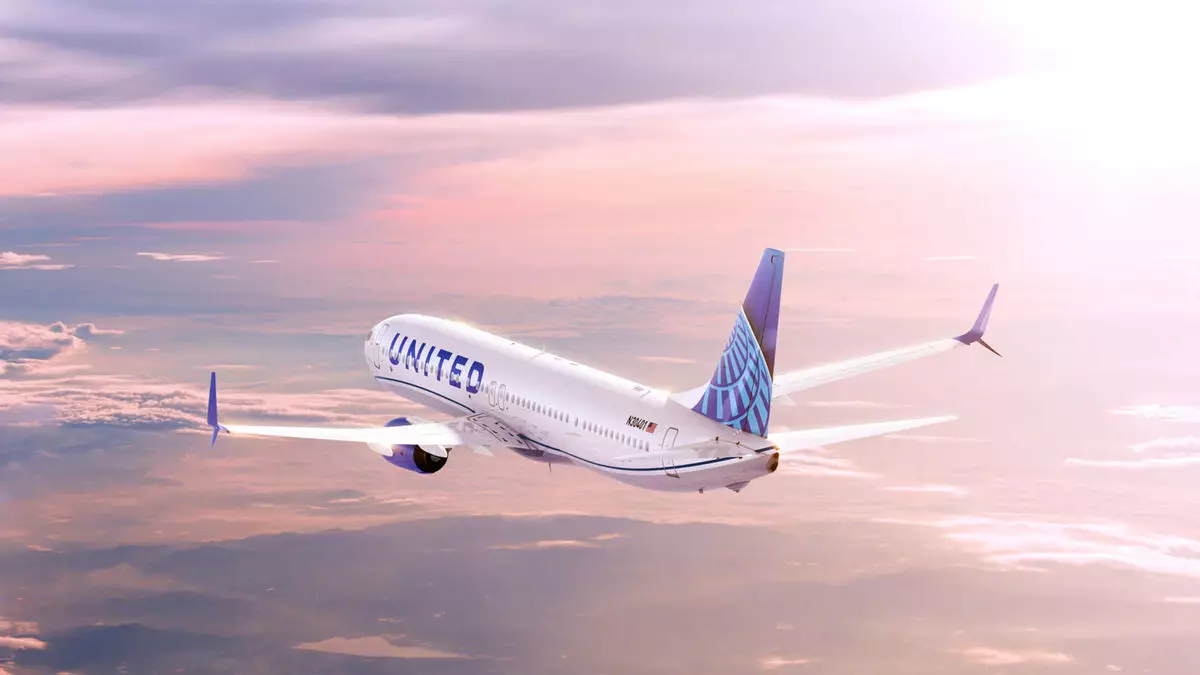As we inch closer to the May 7 deadline for the enforcement of Real ID requirements at TSA checkpoints, anxiety looms over the airline industry. United Airlines has voiced apprehensions regarding this significant regulatory change, with Chief Commercial Officer Andrew Nocella highlighting the potential financial ramifications during the airline’s Q1 earnings call. Nocella hopes that the enforcement date may be delayed yet again, underscoring the pervasive concern that an abrupt introduction of such regulations could alienate a segment of travelers unprepared for the new ID requirements.
The TSA has made it clear that there will be no phased approach to these changes, marking a shift from previous strategies, which had sought to gradually ease consumers into compliance. According to TSA data, approximately 81% of travelers already possess acceptable forms of identification, such as Real IDs, passports, or IDs from trusted traveler programs like Global Entry and Nexus. However, those who fail to present valid identification will face additional scrutiny, potentially disrupting the flow at security checkpoints and leading to longer wait times. This situation underscores a critical aspect of consumer behavior: readiness and adaptability in the face of regulation.
The Impact on United’s Revenue Streams
With a significant portion of its clientele potentially turned away, United Airlines must consider the broader implications of these regulatory changes on passenger flow and revenue generation. Nocella’s remarks suggest that the airline is currently bracing for potential consequences in their bottom line if a significant number of travelers encounter issues at security. Airlines often operate on thin margins, making the loss of even a small percentage of passengers profoundly impactful.
The challenges extend further with decreased bookings from international travelers, particularly from Canada and Europe, which are down by 9% and 6% respectively. This contrasts starkly with the continued demand for U.S-origin international flights, which constitutes about 80% of United’s international business. As competition for international routes remains robust, with Asian markets maintaining strong interest, United appears strategically positioned, even amid fluctuating demand from other regions.
Combatting Misinformation in the Age of Data
In an era where data and public perception can significantly influence market dynamics, Nocella asserted the importance of accurate information—particularly concerning transborder travel statistics. He challenged misleading data disseminated by the airline data company OAG, which indicated that transborder bookings would plummet by over 70%. Nocella’s defense of United’s position indicates a proactive approach towards managing brand perception and consumer confidence as they navigate these turbulent waters.
The airline’s commitment to transparency and accurate data reporting is critical not just for its reputation but also for strategic planning. By providing consumers and investors clarity on its operational status, United aims to foster trust and encourage travel amidst rising uncertainty.
Domestic Demand: A Balancing Act of Supply and Demand
With the domestic market grappling with weakening demand for main cabin seats, United Airlines has made the proactive decision to reduce its domestic flight operations by 4% in the upcoming third quarter. This strategic move, particularly in early morning and late evening services, highlights their astuteness in aligning capacity with real-time demand. The reduction may serve to stabilize prices and enhance profitability, factors critical for weathering the industry’s ebbs and flows.
In light of these challenges, United plans to bolster its basic economy fare inventory. This indicates a shift towards more competitive pricing strategies to fill seats, especially given that the domestic load factor—an essential metric of efficiency—has slipped to 80.3%, down 3.4 percentage points from the prior year. Nocella’s projections suggest that by increasing the offer of basic fares, the company anticipates only a slight dip of 1 percentage point in load factor for Q2.
United Airlines illustrates the complexities and challenges of the current airline landscape. As they navigate regulatory changes, shifting consumer behaviors, and external perceptions, their ability to adapt and respond strategically will determine not only their performance in the near term but also their stature in the marketplace long-term.


Napsat komentář